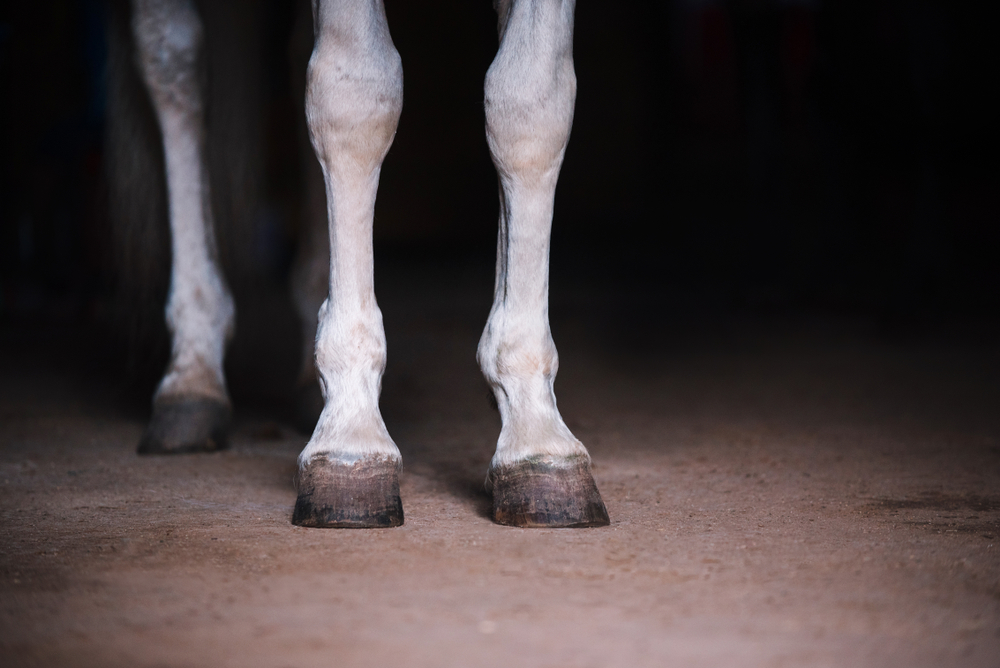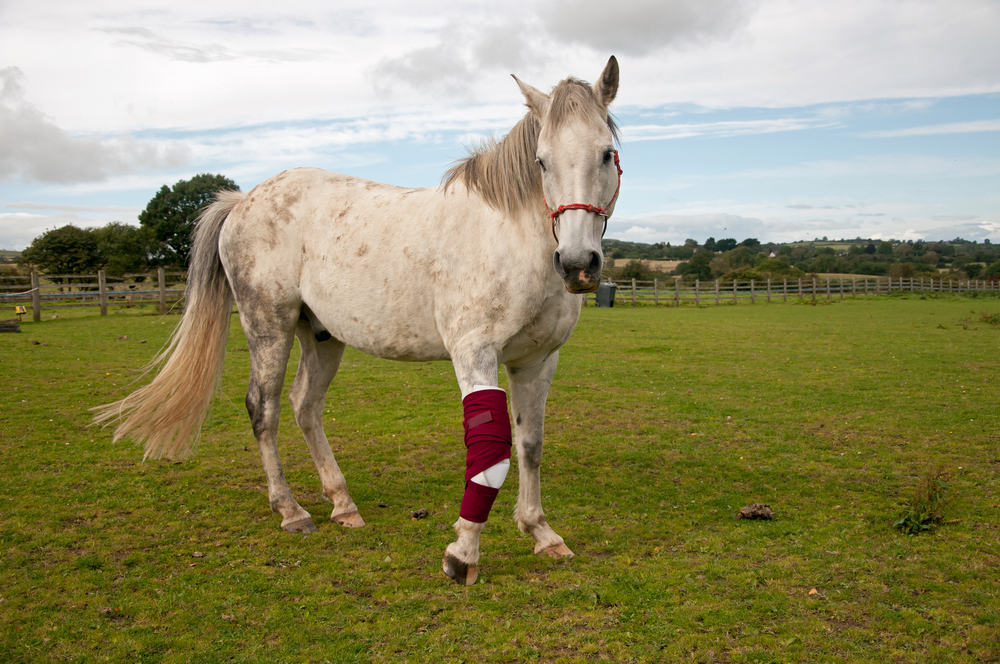
Scary Wounds on Horses
Whinny’s Wisdoms

Hey everyone, Whinny here, your resident field mouse reporter at Springhill Equine Veterinary Clinic! Today, I’m tackling a topic that’s a big deal around here – synovial structure infections in horses. Now, that might sound like a mouthful (it is for a little gal like me!), but it basically means infections in a horse’s joints, bursae (fluid-filled sacs near joints), and tendon sheaths (slippery tunnels around tendons).
These infections can be super scary, and that’s why I wanted to shed some light on why. So, grab a crumb (if you’re a fellow critter) and settle in!
Why Are Synovial Structures Important?
Imagine a horse as a high-performance machine. Its joints, bursae, and tendon sheaths are like the smooth, oiled gears that keep everything moving perfectly. The synovial membrane lining these structures produces a special fluid that acts as a lubricant, reducing friction and keeping things comfy. That membrane is made up of tons of tiny little projections called villi which make the whole thing look like deep, lush carpeting.
But sometimes, bacteria sneak into these synovial structures. This most often happens from a wound. These wounds can range from tiny punctures to big lacerations. Rarely, it happens from bacteria traveling around the bloodstream, and even rarer, after a surgery. Once inside, these bacteria are like party crashers, wreaking havoc. They multiply like crazy, causing inflammation, pain, and a whole lot of trouble.
The Domino Effect of Infection
Here’s where things get serious. Once bacteria have invaded the synovial membrane it can be almost impossible to get them out of that thick carpet. The infection can in turn damage the delicate synovial membrane, reducing that lubricating fluid. This, in turn, increases friction, leading to pain and stiffness. But it doesn’t stop there. The bacteria can also eat away at the cartilage, the smooth, white cushion protecting the bones at the joint’s ends. All the while the bacteria continue to multiply within the synovial membrane, and get even harder to remove.

The Body’s Battleground
The horse’s body isn’t going down without a fight, though! It sends white blood cells, the body’s warriors, to battle the bacteria. This battle creates heat, which is why infected joints often feel hot to the touch. These tiny warriors only add to the problems with severe infections. The very chemicals they make to kill bacteria are also bad for cartilage!
Now What?
The good news is that with early detection and aggressive treatment, most horses with synovial infections can make a full recovery. That’s why horse owners need to be vigilant!
- If your horse has a wound, no matter how small, on their legs, take a picture and send it to us!
- If that wound is near a joint, tendon sheath, or bursa, your horse needs emergency care right away. We only have about 12 hours to get ahead of these infections.
- Sudden lameness should also be a call to us for advice.
Battling the Beasts: How My Vets Fight Synovial Infections
The first step is checking to see if a synovial structure is affected. This is done by placing a needle into the area and putting a large amount of sterile fluid in. If the vets see fluid coming out of the wound, then they know a synovial structure is in big trouble.
The next step is heading to a surgical hospital for a lavage. This is a powerful technique where sterile fluid is flushed through the infected joint or tendon sheath. It’s like giving the battlefield a thorough cleaning! Lavage helps remove bacteria, debris, and inflammatory cells, speeding up healing. As Dr. Lacher can be heard saying, “Dilution is the solution to pollution.” The surgeons will also treat the joint or tendon sheath with antibiotics at the end of the flush, and clean the wound really well.
Next steps will be:
Antibiotics: They come in various forms, including oral medications, injections directly into the infected joint, and intravenous (through the vein) administration for severe cases. Most synovial infections will go on a combination of intravenous and direct treatments.
Rest and Support: Stall rest is really important. We don’t want that damaged joint or tendon sheath to move around too much. Horses being delicate critters, the vets will also keep an eye on the opposite limb for something called support limb laminitis.
Anti-inflammatories: These medications help reduce inflammation, pain, and swelling, making the horse more comfortable.

Getting Back To Work
Even after the bacteria are banished, the horse’s journey isn’t over. Those synovial membranes take time to heal. It can be 4-6 weeks after an injury for them to start producing that all-important lubricating fluid again. Think of it like a factory that needs to get all its machines back online. This means these horses will have a longer rehab period to regain strength and flexibility. It’ll be crucial to bring them back to work gradually, with frequent check-ups at the vet to make sure everything is healing properly. Just like any athlete recovering from a big injury, these horses need patience and a slow and steady approach to get back to their best.
We all know horses are delicate flowers. Their synovial structures are just another example. Being mindful of even tiny wounds on their long legs will ensure you catch problems quickly. Calling my vets with any laceration is never a bad idea. They love to see pictures! Remember, catching these infections early can mean the difference between a full recovery and a long, difficult journey back to health.
Until next week,
~Whinny
P.S. Wanna take a deep dive into joints? Check out S7E05 Equine Joint Health of Straight from the Horse Doctor’s Mouth, my doc’s podcast! You’ll be an expert on equine joints in an hour! And once you make it through the 150+ episodes of the show, you’ll be an expert on the rest of the horse too! It’s right there below, just scroll back through the episode list to find it and hit Play. You can do it!
 Whinny’s Wisdoms is the official blog of Whinny the Clinic Mouse at Springhill Equine Veterinary Clinic in Newberry, Florida. If you liked this blog, please subscribe below, and share it with your friends on social media! For more information, please call us at (352) 472-1620, visit our website at SpringhillEquine.com, or follow us on Facebook!
Whinny’s Wisdoms is the official blog of Whinny the Clinic Mouse at Springhill Equine Veterinary Clinic in Newberry, Florida. If you liked this blog, please subscribe below, and share it with your friends on social media! For more information, please call us at (352) 472-1620, visit our website at SpringhillEquine.com, or follow us on Facebook!
[jetpack_subscription_form title="Subscribe to Whinny's Wisdoms"]



